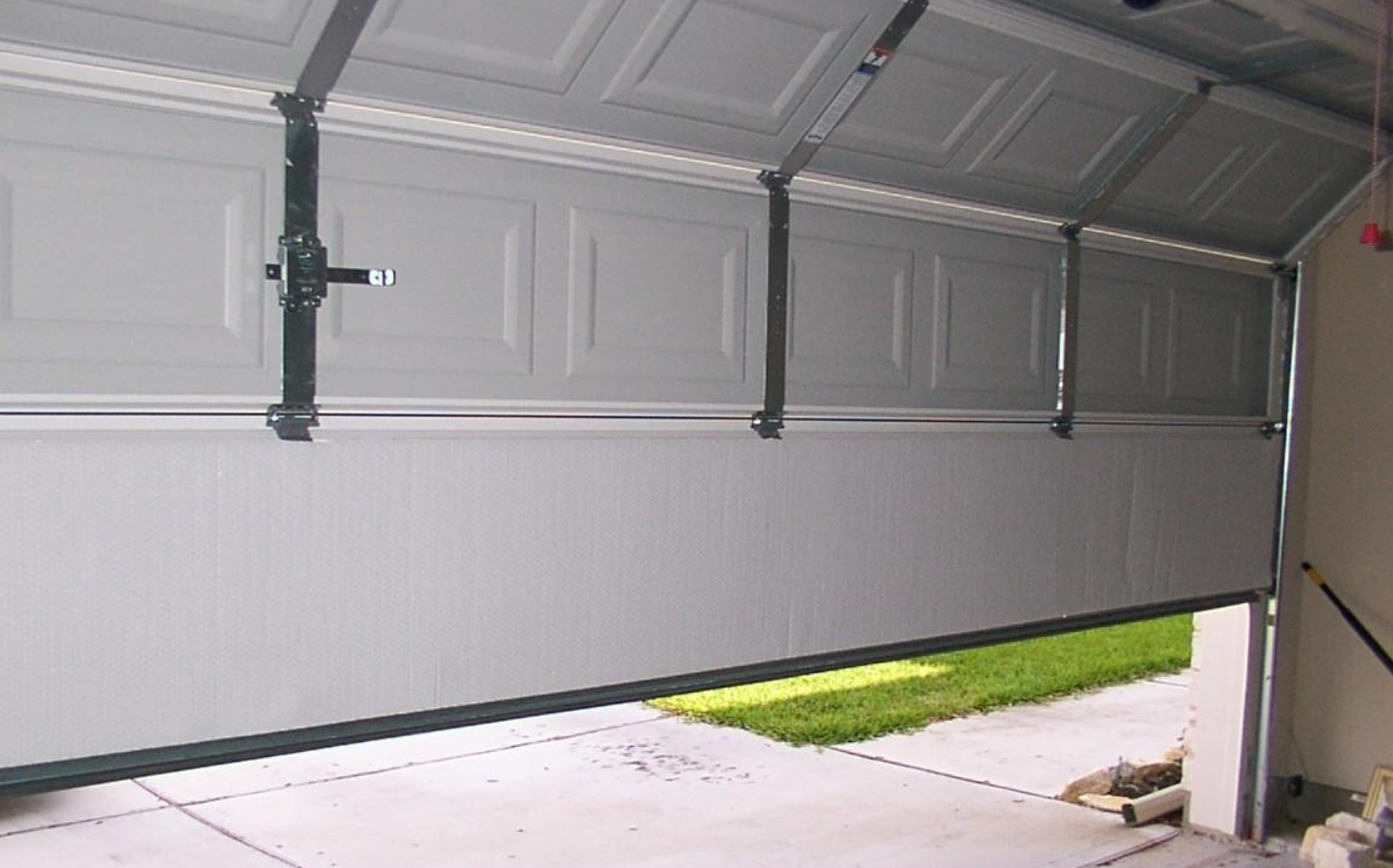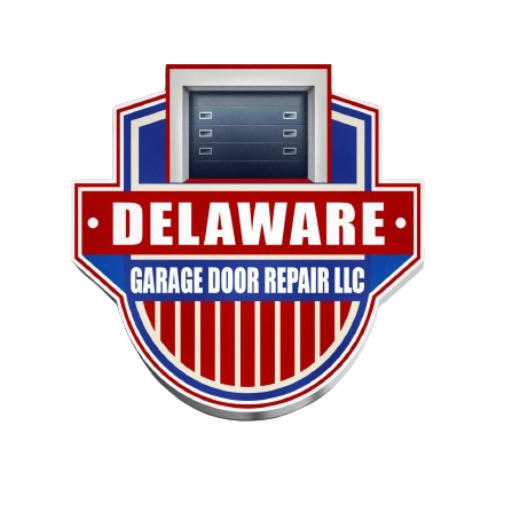
Your Guide to Garage Door Section Replacement
Your garage door is more than just an entryway; it’s a key feature that enhances curb appeal, secures your home, and ensures everyday convenience. Like any hardworking component of your home, garage doors experience wear and tear over time. When damage occurs, replacing a single section is often a more affordable and efficient solution than replacing the entire door.
This guide walks you through everything you need to know about garage door section replacement—from spotting the signs of damage to safely completing the process.
Identifying the Need for Garage Door Section Replacement
Replacing a garage door section can save both time and money, but how do you know it’s necessary? Let’s break it down:
Physical Damage
Storms, accidents, and impacts can cause dents, cracks, or holes in the sections of your garage door. If left unchecked, damage can worsen and affect the door’s functionality.
Rust and Corrosion
Exposure to the elements often leads to rust or corrosion, especially for older metal garage doors. Not only does rust impact the door’s appearance, but it can also weaken the structure over time.
Warping or Misalignment
Wooden garage doors may warp due to moisture, while other materials might shift alignment due to temperature changes or general wear. This causes uneven door operation, which is a sign that replacement is necessary.
Safety Concerns
Damaged garage door sections can compromise safety by weakening the door’s overall structure. If the door looks unstable or creates loud grinding noises, it’s time to address the issue before it becomes a hazard.
Step-by-Step Guide to Garage Door Section Replacement
If you’re confident in your DIY skills, careful preparation can make replacing a garage door section a straightforward job. Here’s how to get started:
Tools and Materials
Gather the essentials, including a socket wrench, pliers, a clamp, a drill, a ladder, replacement panel sections, and safety equipment like gloves and goggles.
Safety Precautions
Disconnecting the Garage Door Opener
Before you begin, disconnect the opener and ensure no one attempts to use the door while you work. This reduces the risk of accidents.
Securing the Door
Use clamps to hold the door steady and prevent it from slipping during the replacement process.
The Replacement Process
Removing the Damaged Section
Unscrew and remove the damaged section carefully to avoid damaging any hardware. Don’t forget to label parts to make reassembly easier.
Installing the New Section
Place the new section in position and secure it using the existing hardware. Align it properly to ensure smooth operation.
Reconnecting Cables and Hardware
Once installed, reconnect the necessary cables, springs, and hardware. Test the door’s functionality to ensure the replacement was successful.
When to Call a Professional
Garage door repairs can be challenging, especially if you’re new to DIY tasks or if your garage door uses complex mechanisms.
Assessing Your Comfort Level
If you’re unsure about your abilities or lack the necessary tools, it’s better to call a professional rather than risk injury or improper installation.
Ensuring Correct Installation
Professional installers are equipped with the expertise to ensure all components are correctly aligned for smooth operation.
Warranty Considerations
DIY repairs may void warranties. Hiring a professional guarantees the job meets the manufacturer’s standards.
For trusted and high-quality garage door section replacement, reach out to Delaware Garage Door Repair. With skilled professionals ready to assist, you can ensure your garage door stays safe and functional.
